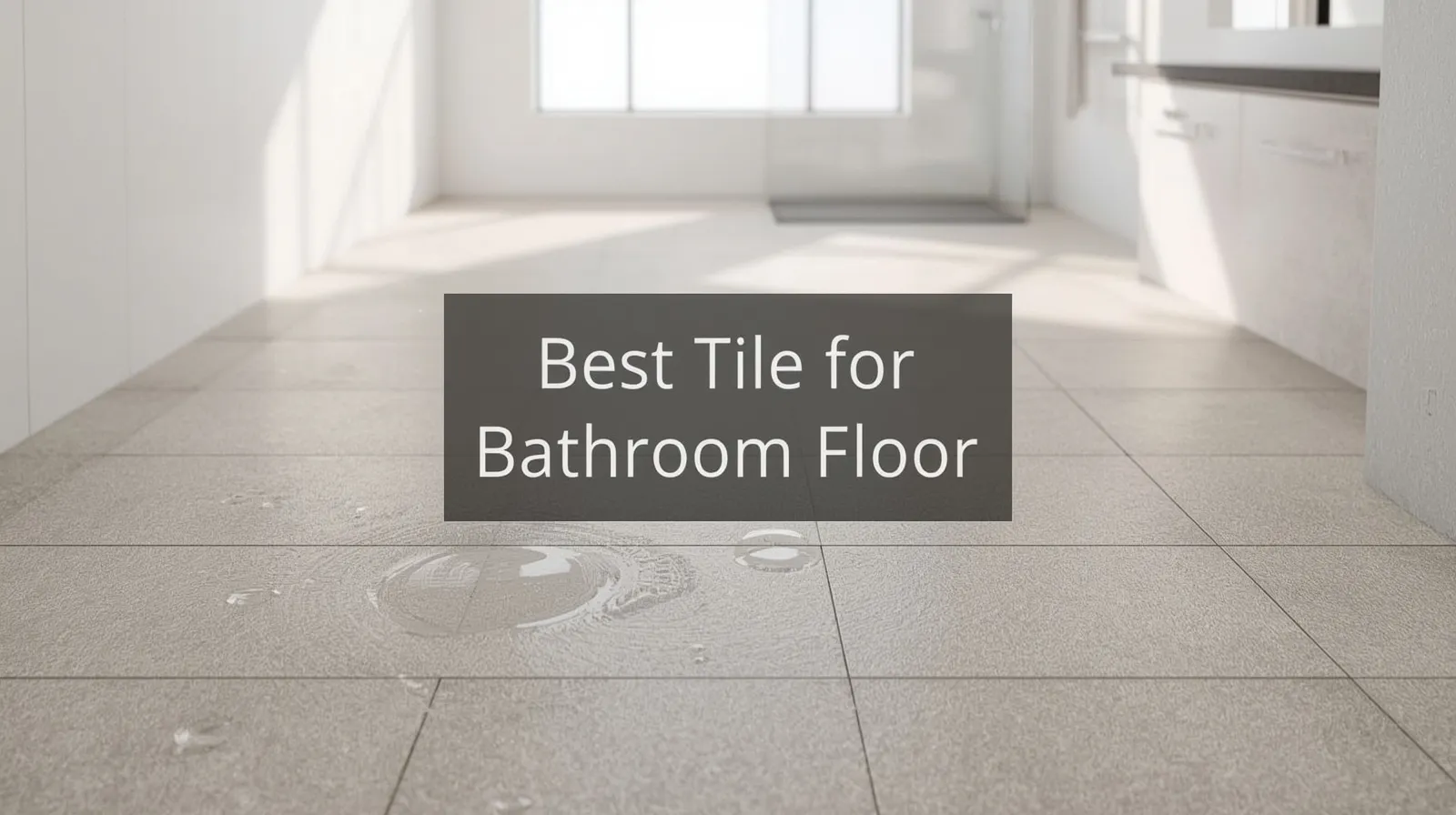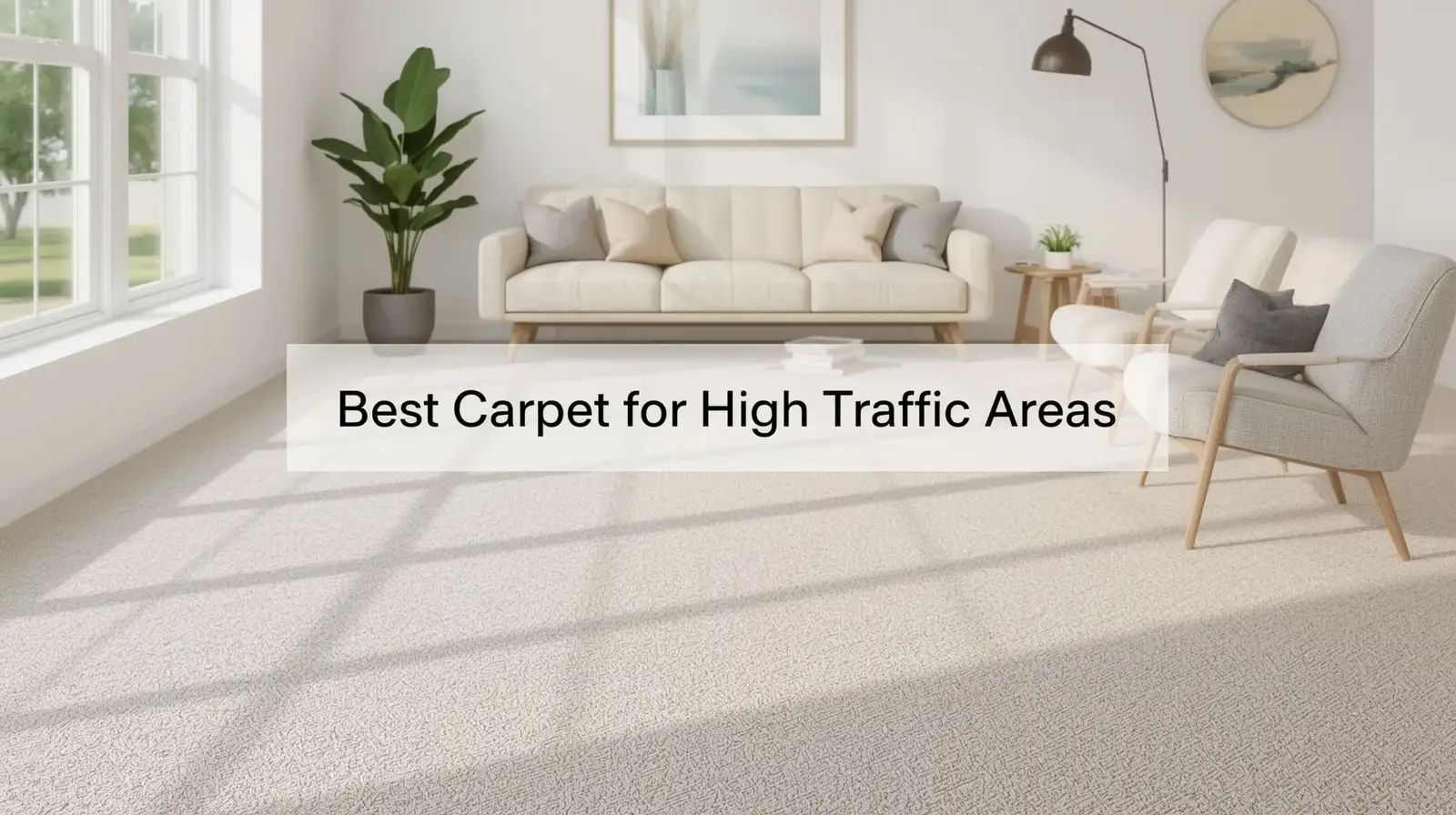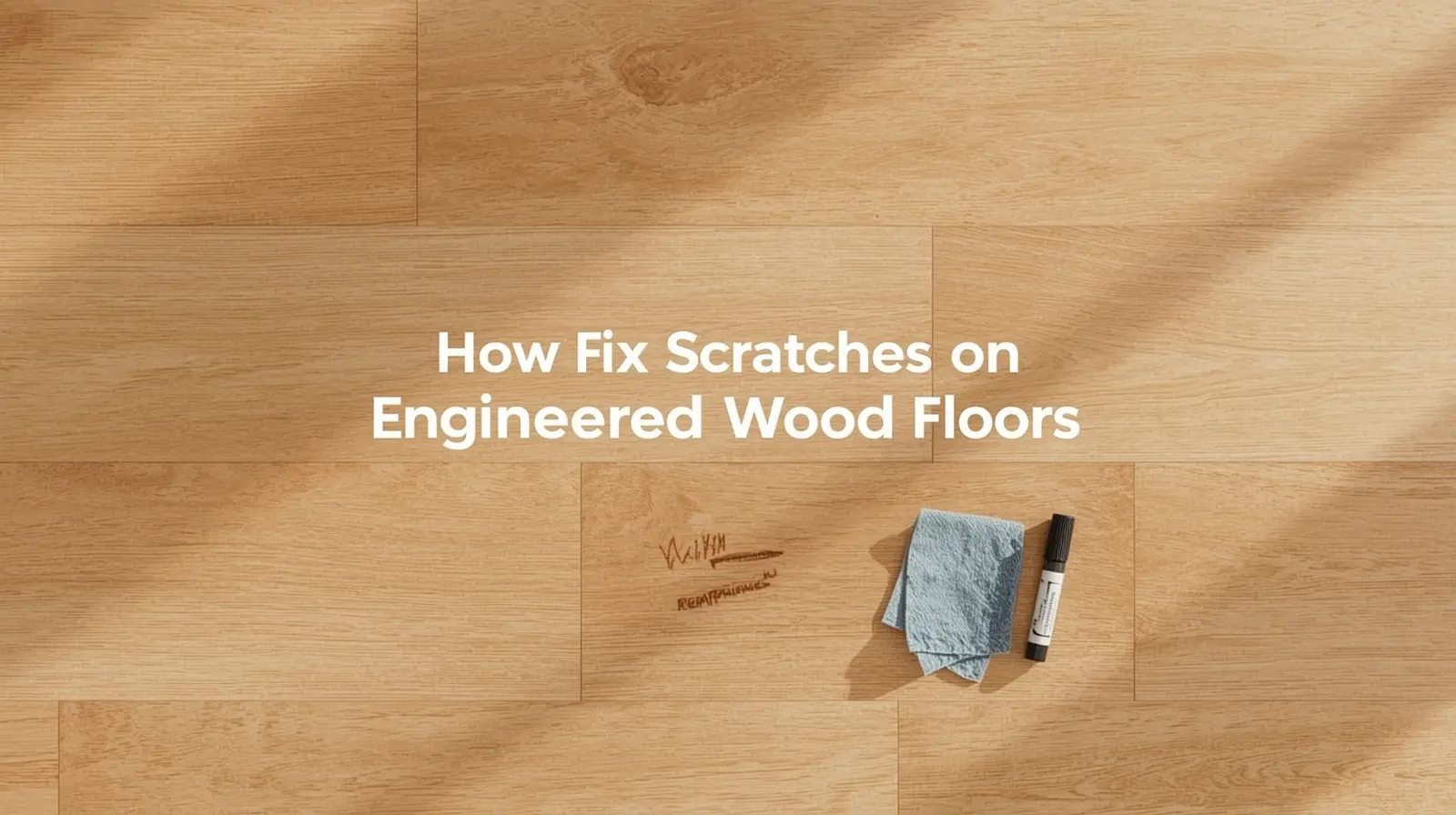Blinds often collect dust, grease, and stains, making them look dull and unhealthy. Many people ask how to clean blinds in the tub safely and effectively. The short answer is yes you can clean them in the bathtub with water and mild soap. This method works for different types like vinyl, plastic, aluminum, mini, or faux wood blinds. It helps remove deep dirt that dusting can’t reach. Below, we explain the full process, common mistakes, and expert tips from CV Floors & Blinds so your blinds look fresh again.
Why Keeping Window Blinds Clean Matters
Window blinds not only control light but also affect the look and feel of your home. Over time, dust and dirt gather on slats, making blinds appear worn and unattractive. If left uncleaned, the buildup can also cause breathing problems for people with allergies. Clean blinds improve air quality, brighten rooms, and extend the life of your window coverings. Regular cleaning keeps blinds from turning yellow or sticky, especially in kitchens where grease collects. This simple step protects your investment while keeping your living spaces fresh and inviting.
Common Struggles with Cleaning Blinds at Home

Cleaning blinds isn’t always easy. Many people struggle with sticky residue, dust that clings, or stains that don’t wipe away. Mini blinds, venetian blinds, and faux wood blinds are especially tricky because of the number of slats. Using just a cloth often moves dirt around instead of removing it. Some try vacuuming but still see streaks. Others worry about damaging cords or bending thin aluminum slats. These challenges make people wonder if there’s a better way. That’s why soaking blinds in tub water is one of the most effective and simple methods.
Can You Really Wash Blinds in the Bathtub?
Yes, you can. Washing blinds in the bathtub is safe and works for most types, including vinyl, aluminum, plastic, faux wood, and mini blinds. A deep soak loosens dirt and removes stubborn grease without much effort. However, it’s important to check the material first. Real wood blinds should never be submerged, as water can warp or crack them. Instead, stick to wiping them with a damp cloth. For all other types, soaking blinds in tub water with mild soap is not only possible but also one of the best cleaning methods available.
Preparing Blinds Before Soaking in the Tub
Preparation is key before cleaning window blinds in the bathtub. First, dust the blinds with a soft brush or vacuum attachment to remove loose dirt. Next, carefully remove the blinds from the window. For venetian or mini blinds, release them from the brackets by gently pressing the clips. Lay them flat to prevent bending. Check the cords for any damage before washing. Then fill your tub halfway with warm water. Add a small amount of mild dish soap or baking soda. This step ensures your blinds will soak evenly and come out spotless.
Step-by-Step Guide on How to Clean Blinds in the Tub
Here’s a clear process to follow:
- Fill the tub: Use warm water, not hot, to avoid damaging blinds.
- Add cleaner: A few drops of mild soap or a spoon of baking soda works best.
- Soak blinds: Place blinds in the bathtub and let them sit for about 20–30 minutes.
- Gently scrub: Use a soft sponge or cloth to clean each slat, focusing on stains.
- Rinse well: Drain the dirty water and rinse blinds with fresh water.
- Dry fully: Lay blinds on towels or hang them outside until completely dry.
Following this method makes it easy to understand how to clean blinds in the tub without damage.
Cleaning Vinyl, Plastic, and Aluminum Blinds in Bathtub
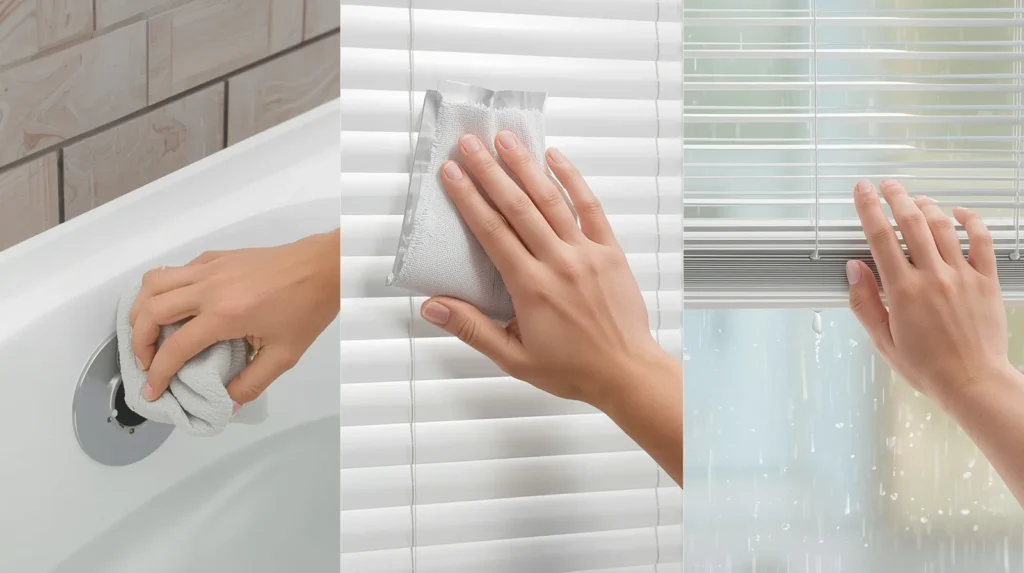
Each material needs special care. Vinyl blinds are durable and soak well in the tub. Plastic blinds can also be washed, but avoid harsh scrubbing to prevent scratches. Aluminum blinds are lightweight and may bend if handled roughly, so use a soft sponge and rinse gently. For all three, soaking blinds in tub water helps lift dirt quickly. After rinsing, make sure blinds are dried properly to stop water spots. Cleaning vinyl blinds in bathtub water is often the easiest, while aluminum blinds need a little more patience.
How to Clean Mini Blinds in the Bathtub
Mini blinds collect dust faster than larger blinds because of their narrow slats. To clean mini blinds in the bathtub, first remove them from the brackets. Lay them flat in warm, soapy water. Use a soft brush or sponge to gently scrub each slat. Pay extra attention to cords since grime often builds up there. Rinse thoroughly with clean water and shake off excess moisture. Dry by laying the blinds flat on towels or hanging them in an airy spot. Following these steps makes cleaning mini blinds in bathtub water simple and effective.
Tips for Washing Venetian and Faux Wood Blinds in Bathtub
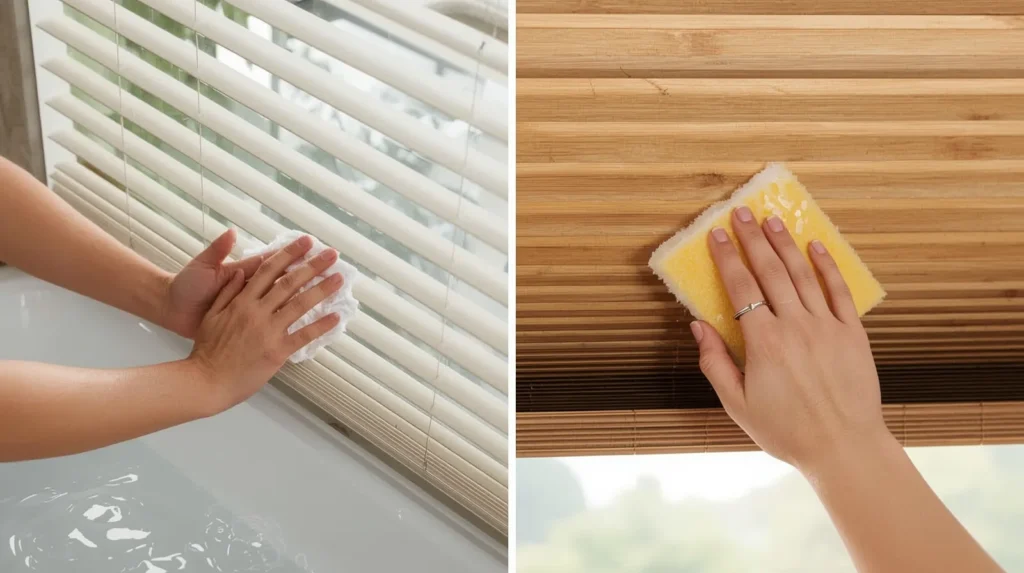
Venetian blinds and faux wood blinds also respond well to bathtub cleaning. For venetian blinds, soak them for 20 minutes, then wipe each slat carefully to avoid bending. Faux wood blinds are tougher and handle soaking well, but never use harsh chemicals that might dull their finish. Instead, mild dish soap or a baking soda mix is best. After rinsing, dry faux wood blinds completely to prevent warping. When washing venetian blinds in bathtub water, patience is key handle slats gently and let them dry naturally for the best result.
Best Way to Clean Blinds in Tub Without Causing Damage
The best way to clean blinds in tub water is to keep the process gentle. Use only warm water hot water may warp plastic or vinyl. Always use mild soap, never bleach, as strong chemicals can fade color. Don’t leave blinds soaking for too long; 20 30 minutes is enough. When rinsing, avoid high water pressure to prevent bending aluminum slats. Dry blinds fully before reattaching them, since moisture left behind can cause mildew. With these simple steps, you’ll protect the material while still getting rid of dirt and grease effectively.
Professional Advice from CV Floors & Blinds in Coachella, CA
As a trusted name in window coverings, CV Floors & Blinds has helped many homeowners with blind care. Professionals recommend deep cleaning blinds at least once or twice a year. While soaking blinds in tub water works well for vinyl, faux wood, aluminum, or mini blinds, some cases need expert service. For example, greasy kitchen blinds or blinds with fabric inserts may require special treatment. If you’re unsure about the safest method, a professional cleaning ensures your blinds last longer while staying spotless and free from harmful buildup.
Final Thoughts on How to Clean Blinds in the Tub
Learning how to clean blinds in the tub gives you a safe, budget-friendly way to refresh your window coverings. By soaking, rinsing, and drying correctly, you avoid common issues like warping or staining. Whether you’re washing vinyl, aluminum, mini, or faux wood blinds, this method works well with simple household supplies. Regular cleaning not only improves air quality but also makes rooms brighter and more welcoming. With the right care, blinds will serve you longer, keeping your home both stylish and comfortable.
Want spotless blinds without the hassle? Contact CV Floors & Blinds today for expert cleaning tips, trusted service, and quality window solutions tailored to your home.


